Hollywood isn’t the most accurate source of information in the best of cases. And definitely not when it comes to radio lingo. You might have heard the most common phrases like “Stop’ and “Roger,” but is that really how professionals speak on radio transmissions?
We want to clear the air about how to use this lingo properly. Keep reading the article for more details, so you can become a savvy walkie-talkie user, even if it’s just for personal reasons, like hunting or paintball.
Spelling Out Letters
You might have done this when speaking to a phone rep from your bank or a cellphone company. You were trying to spell out your name, but because it’s quite complicated, the rep got confused. Thus, you resorted to spelling out letters using the NATO phonetic alphabet.
This code is used worldwide, and it makes it easy to discern letters that are quite similar to each other, like D and T.
Here’s the complete list:
- A—Alfa
- B—Bravo
- C—Charlie
- D—Delta
- E—Echo
- F—Foxtrot
- G—Golf
- H—Hotel
- I—India
- J—Juliet
- K—Kilo
- L—Lima
- M—Mike
- N—November
- O—Oscar
- P—Papa
- Q—Quebec
- R—Romeo
- S—Sierra
- T—Tango
- U—Uniform
- V—Victor
- W—Whiskey
- X—X-ray
- Y—Yankee
- Z—Zulu
Is it necessary for you to follow this radio lingo exactly? Well, not really, unless you are in a professional setting.
For example, you could use A for Apple, and B for Bat, if you wanted to. That is, if you don’t exactly remember what the NATO phonetic alphabet is, you could substitute it.
But try to follow this globally recognized system as much as possible. It will make communicating over walkie-talkies, radios, or even the phone much clearer and easier.
Walkie-Talkie Lingo
This is the kind of radio lingo you have probably heard in Hollywood movies. Let’s look at some of the more common ones so you can add them to your repertoire:
- “Affirmative” – Yes
- “Copy” – I understand
- “Loud and Clear” – I hear you clearly
- “Disregard” – Please ignore my previous message
- “Go Ahead” – Please transmit your message
- “On It” – I’m doing what you want me to do
- “Over” – I have finished speaking, and now you can speak
- “Out” – I’m done transmitting for now
- “Roger” – Message received and understood
- “Stand By” – I’m busy right now; I’ll call you once I’m ready
- “Negative” – No
- “Eyes on (Object)” – I see what we are talking about
These are just some of the lingo, but these are more than enough for you to communicate more effectively and clearly on the radio with your colleagues, friends, or whoever else.
Ten-Codes
These ten-codes were developed by Illinois State Police in 1937 and are used primarily by police officers. They may vary from department to department, so you will want to check with the department you are communicating with for the exact codes.
The great thing about ten-codes is that you don’t have to say the entire message, just the number 10 and then another number. With that, the person on the other end will have a good idea of what’s happening.
- 10-1—I need to take a short restroom break (or transmission unreadable)
- 10-2—I need to take a long restroom break (or transmission good)
- 10-4—Acknowledged
- 10-5—Try someone else with this transmission
- 10-6—I’m busy; stand by
- 10-9—What did you say?
- 10-20—What’s your location?
- 10-46 – Assisting motorist
- 10-50 – Accident
- 10-60 – Squad car in the vicinity
- 10-95 – Prisoner in custody
You might have heard cops say, “What’s your 20?” on TV shows. That has to do with the final ten-code: 10-20.
The ten-codes outlined above are not an exhaustive list.
Firefighters and Emergency Personnel Radio Codes
When firefighters wish to establish how urgent a situation is, they use the radio codes below:
- Code 1 – Lowest priority call (no need for lights and sirens)
- Code 2 – A non-life-threatening situation that requires an immediate response (no need for lights and sirens)
- Code 3 – A life-threatening situation requires firefighters to respond as fast as possible (lights and sirens)
- Code 4 – No more firefighters are required at the scene; the situation is under control
Paramedics will use the following Priority terms to indicate the level of a medical emergency:
-
Priority 1 – Victim is deceased or DOA (Dead on Arrival)
-
Priority 2 – Urgent support at the hospital is necessary when the victim arrives
-
Priority 3 – Hospital visit necessary but not an emergency
-
Priority 4 – Situation under control; no additional assistance necessary
-
Priority 5 – Mass casualty incident with many patients requiring emergency treatment
As you can see, various emergency personnel use many different codes and terms, from police officers and paramedics to firefighters.
Why Is Radio Lingo Important?
This system of priority terms and codes is necessary because, during an emergency, brevity is essential. Folks don’t have time to give long narratives of what’s happening and what they are up to.
They are too busy putting their gear on, driving to the emergency, and caring for the injured or dying.
When you switch from one department to another or from one state to another, figure out your new department’s codes and priority terms. They can be massively different or have minor differences, which will cause an issue if you aren’t aware of them.
Radio Lingo: Get Savvy and With It
If you are trying to impress a date, perhaps radio lingo isn’t so helpful. But radio lingo can become your best friend when you are trying to speak clearly to your team members at a paintball game or a hunting event.
Are you interested in purchasing radios or walkie-talkies for your business or emergency crew? We have been supplying America’s Heroes for 39 years. Contact us to learn more about our product offering.
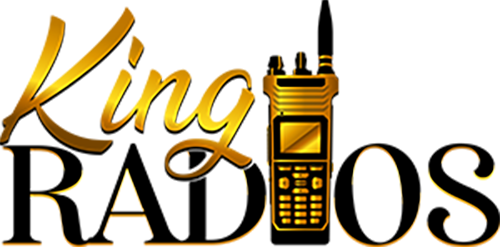
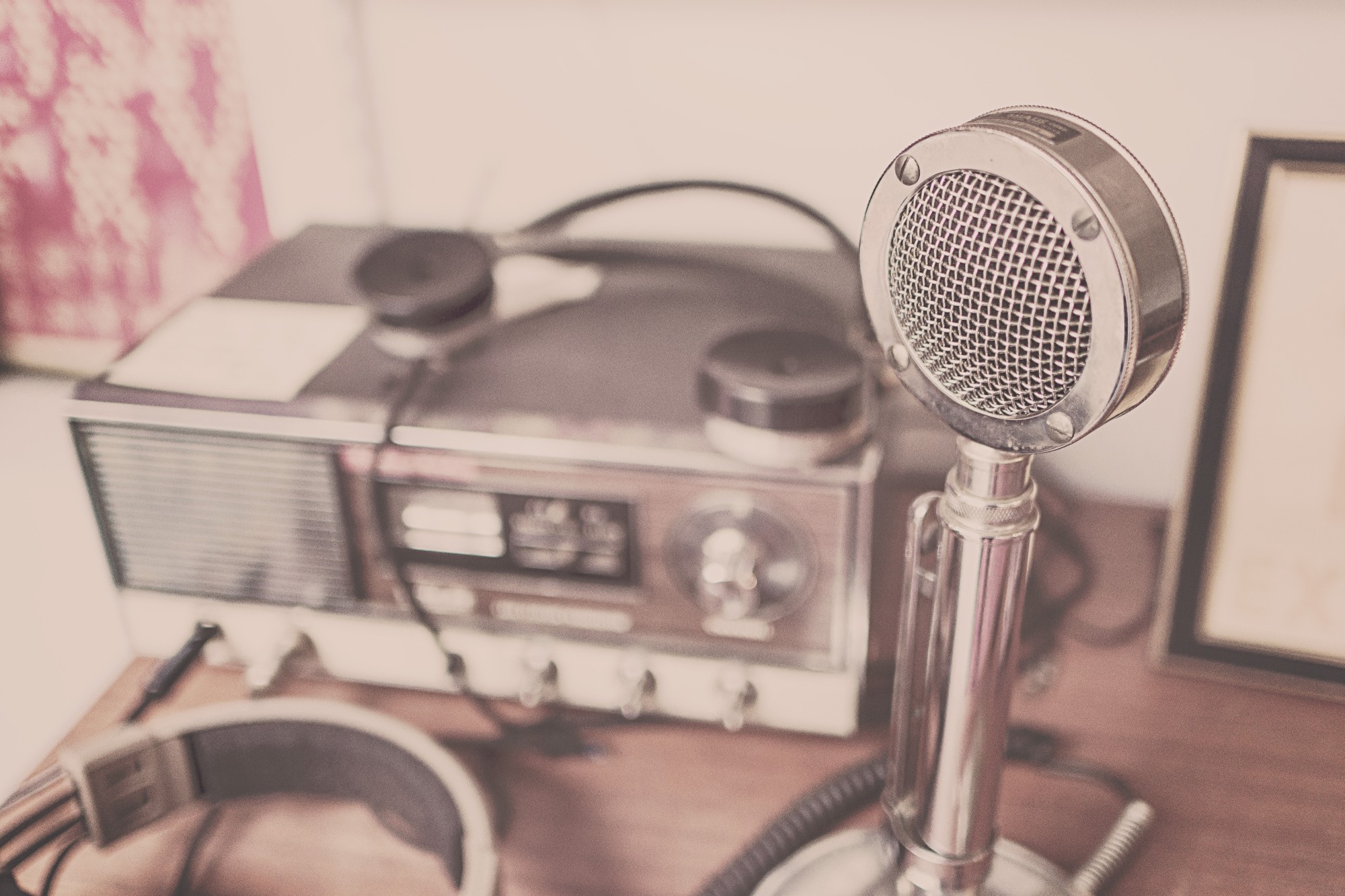


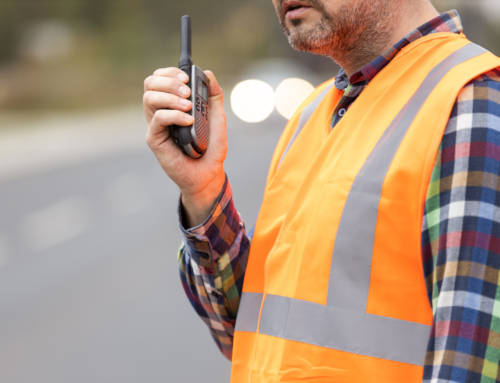
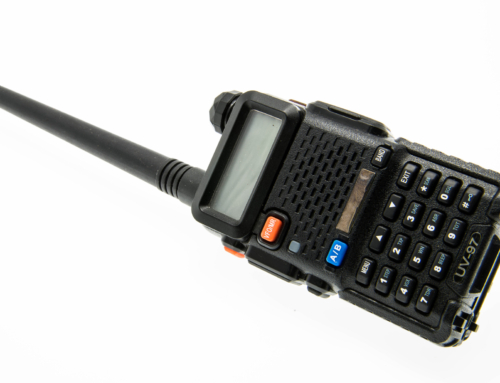
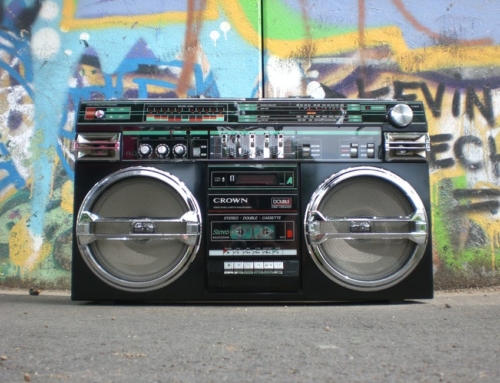
Leave A Comment
You must be logged in to post a comment.